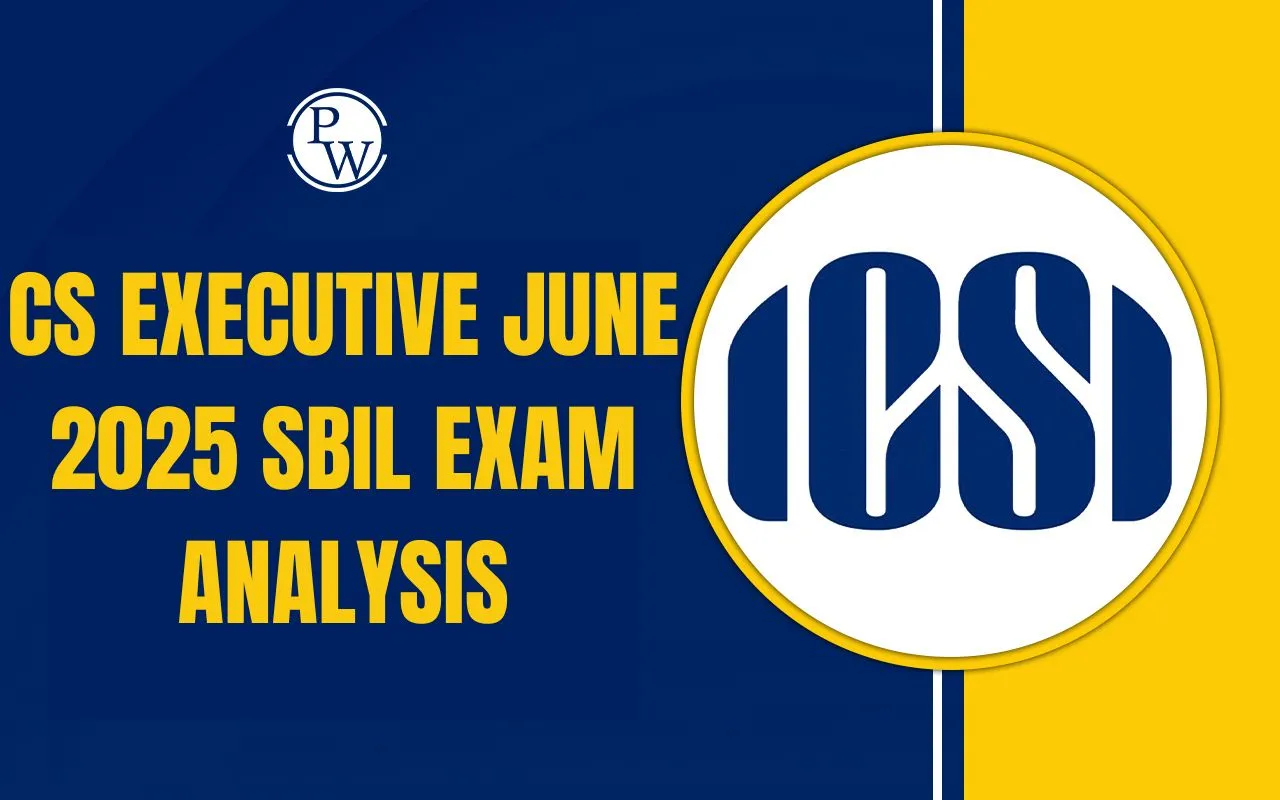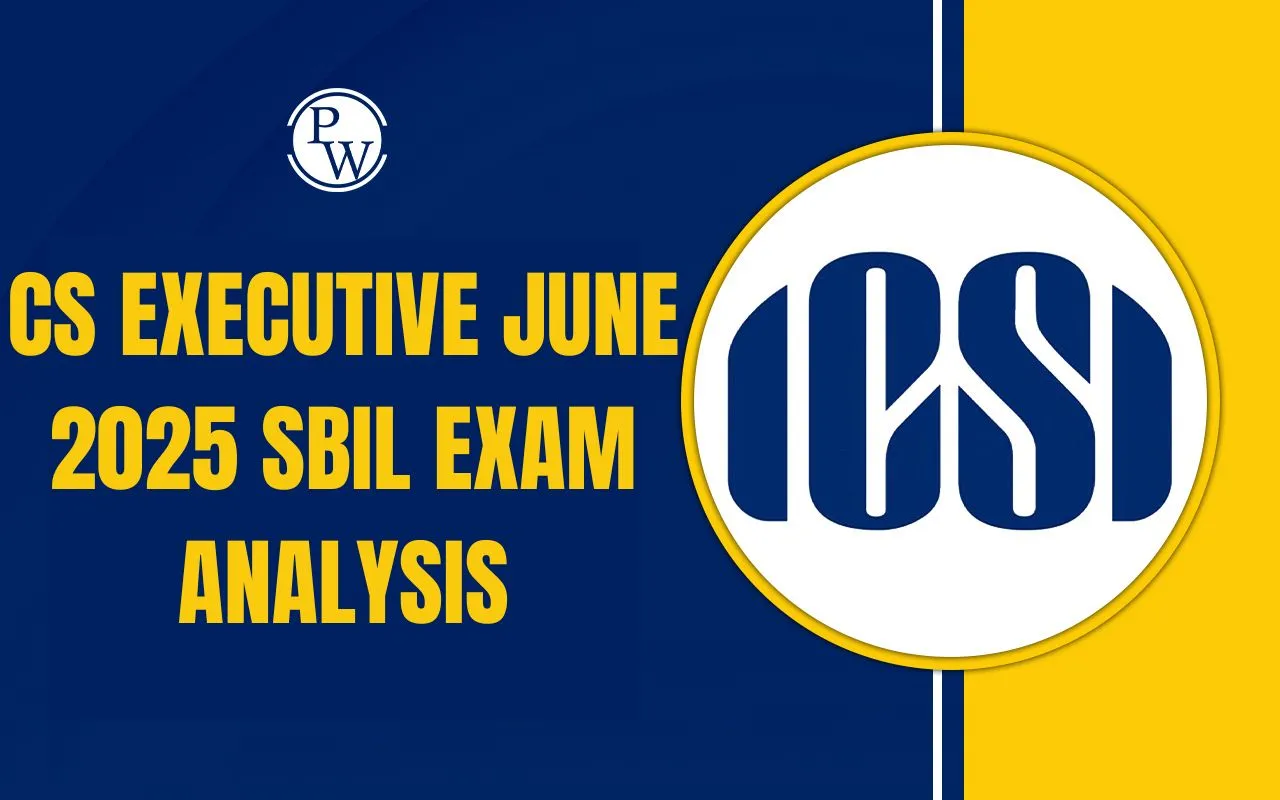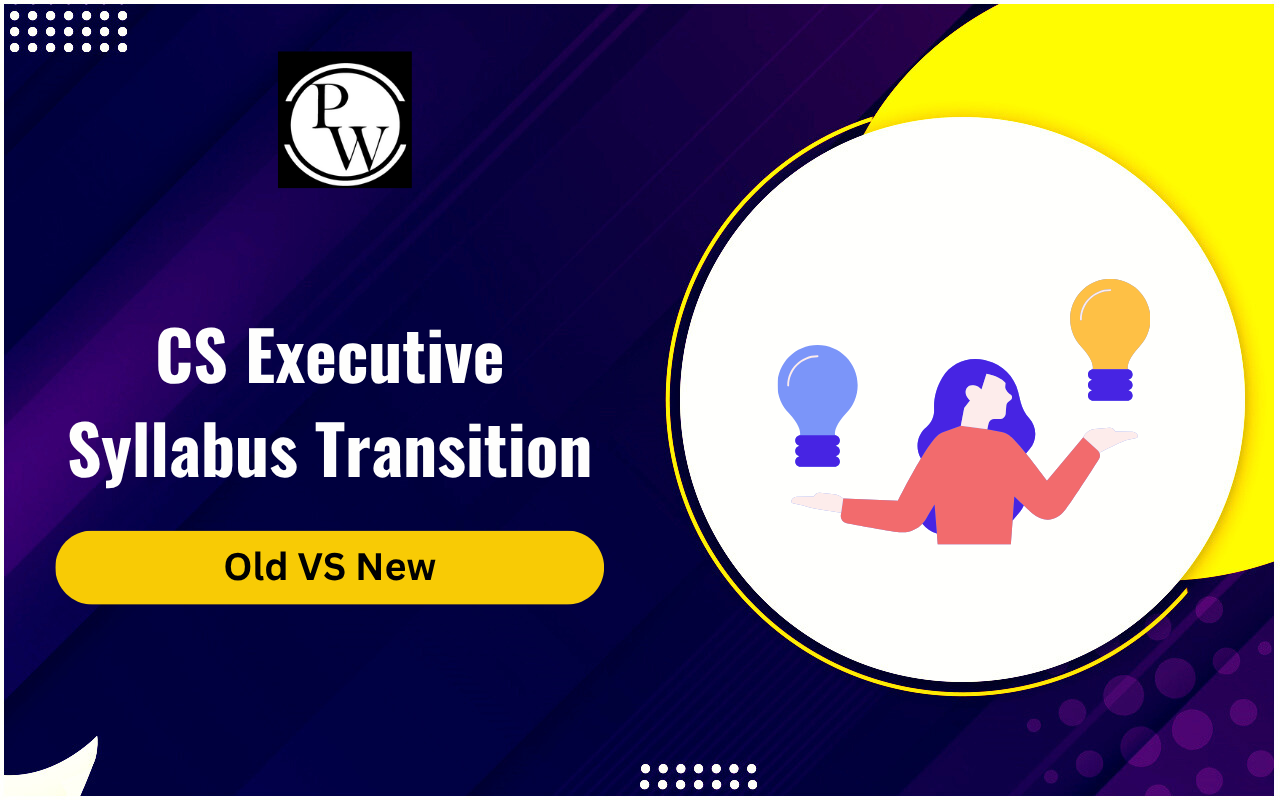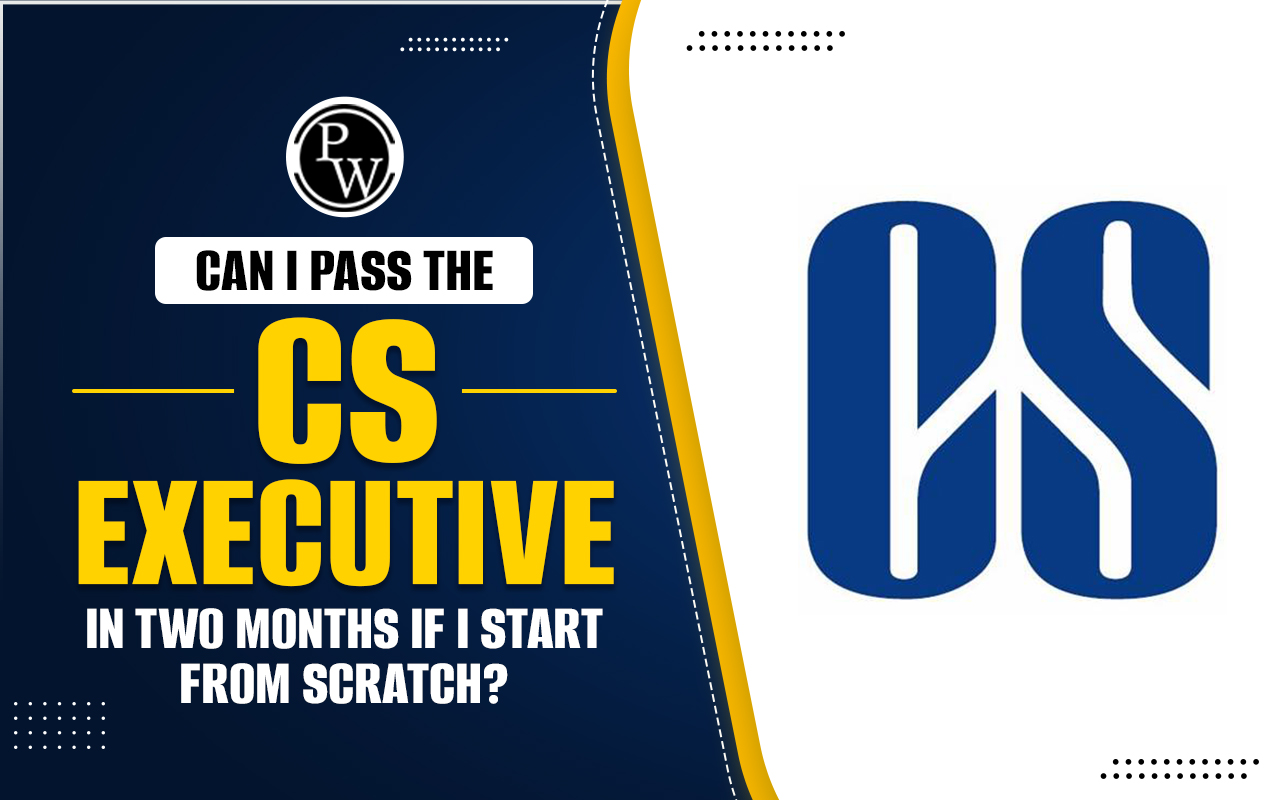

CS Executive June 2025 SBIL Exam Analysis reveals a paper that was largely moderate to easy, with a strong emphasis on labor laws, company law, and regulatory compliance. Students who thoroughly prepared key topics found the exam manageable, while a few unexpected questions tested deeper conceptual understanding. This SBIL Exam Analysis provides a section-wise breakdown, student feedback, and strategic insights for future aspirants.
SBIL Exam Analysis
SBIL Exam Analysis indicates that the paper was well-balanced, with most questions being direct and syllabus-based. The difficulty ranged from easy to moderate, with no extremely tough questions.
Also Check:
Easy Questions (60-70%): Covered straightforward concepts like Payment of Bonus Act, EPF/ESI, and Maternity Benefits.
Moderate Questions (20-30%): Included application-based scenarios such as gratuity calculations, regularization of contract labor, and ICC formation.
Tricky/Out-of-the-Box (10%): A few questions tested interpretation skills, like constitutional provisions on forced labor ("begar") and foreign company registrations in sensitive areas.
Students who attempted 70+ marks worth of questions accurately will likely secure strong scores. The SBIL Exam Analysis reaffirms that presentation and time management were crucial for maximizing marks.
SBIL Exam Analysis Students’ Feedback
The SBIL Exam Analysis reflects student input such as:
-
"Questions were clear, but phrasing needed careful reading."
-
"I got around 85% but burnt time on drafting."
-
"Labor law part was the most familiar and was attempted fully."
Good presentation, structural clarity, and full attempts influence the examiner's perception positively.
| Financial Management Analysis | Company Law Exam Analysis |
CS Executive Section-Wise SBIL Exam Analysis
Breaking down the exam section-by-section helps identify high-yield topics and question patterns. This SBIL Exam Analysis categorizes questions based on their complexity and frequency across different law segments.
1. Labor & Employment Laws (High Weightage)
This section dominated the paper, with direct and case-based questions.
Payment of Bonus Act: Meaning of "set on" and "set off" of allocable surplus (easy, definition-based).
Apprenticeship Contract: Importance of registration and terms of agreement (moderate, application-based).
Maternity Benefit Act: Questions on nursing breaks and crèche facilities (direct, factual).
EPF & ESI Compliance: Conditions for EPF withdrawal (marriage, medical emergencies, etc.) and ESI applicability despite workforce reduction (moderate, scenario-based).
Sexual Harassment (POSH Act): Formation of ICC in an all-male workplace (practical, required understanding of mandatory provisions).
Student Reaction: Many found this section scoring, though a few struggled with EPF withdrawal conditions and ICC composition rules.
2. Fundamental Rights & Constitutional Provisions
Constitutional law questions assessed candidates' understanding of employee rights and protections. This SBIL Exam Analysis highlights how fundamental rights provisions were tested through case-based scenarios.
Article 23 (Prohibition of Forced Labor): Case laws like Sanjit Roy v. State of Rajasthan were referenced (moderate, required legal interpretation).
Equal Pay & Non-Discrimination: Questions on employer responsibilities under labor laws (direct).
3. Company Law & Regulatory Compliance
This section tested practical compliance knowledge.
NOC from Pollution Control Board: Procedure-based question (easy).
Multi-State Cooperative Societies: Advantages like pan-India operations and low compliance costs (direct).
Foreign Company Registration: RBI approval needed for sensitive locations (moderate, tested awareness of recent updates).
Startup Schemes: Differences between Startup India Seed Fund & Credit Guarantee Scheme (application-based).
Student Feedback: Some found foreign investment rules tricky, but most company law questions were straightforward.
4. Drafting & Procedural Questions
Practical drafting skills were evaluated through various agreement-based questions. This SBIL Exam Analysis reveals how well-prepared candidates could score easily in this application-oriented section.
Shareholders’ Agreement: Key clauses like dispute resolution, dividend policy, and valuation (moderate).
LLP Agreement: Rights, liabilities, and arbitration provisions (easy if prepared).
Consequences of Unregistered Societies: No legal entity status or tax benefits (direct).
5. Miscellaneous Topics
Various niche topics were covered to test comprehensive legal knowledge. The SBIL Exam Analysis shows these questions served as differentiators between average and high scorers.
Gratuity Calculation: Formula-based (last drawn salary × 15/26 × years of service) (moderate, numerical).
FSSAI License for Home-Based Food Businesses: Mandatory for turnover above 12 lakhs (easy).
Minor in Partnership Firms: Admission rules and conversion to full partner at 18 (direct).
Common Challenges in the SBIL Exam
Identifying problem areas helps future candidates avoid common pitfalls. This SBIL Exam Analysis compiles key difficulties faced by examinees during their attempt.
Overlooking Small Chapters: Some missed minor yet scoring topics like "begar" under Article 23.
Case-Based Application: A few struggled with contract labor regularization and foreign company compliance.
Time Management: Lengthy drafting questions consumed time for some.
Preparation Tips for December 2025 SBIL Attempts
Based on this comprehensive SBIL Exam Analysis, candidates should adopt a structured approach to maximize their performance. The key lies in focusing on high-yield areas while developing strong conceptual clarity and application skills.
1. Focus on High-Weightage Areas
Prioritize labor laws, including the Payment of Bonus Act, EPF/ESI regulations, and Maternity Benefit provisions, as these consistently carry significant marks. Equally important is thorough preparation of company law topics such as compliance requirements, foreign investment rules, and startup-related provisions.
2. Practice Case-Based Scenarios
Develop the ability to apply legal principles to practical situations by regularly solving case studies from previous papers. Special attention should be given to judicial interpretations of fundamental rights and labor provisions, as these often appear in application-based questions.
3. Revise Regulatory Updates
Stay updated with recent amendments in RBI regulations for foreign companies, FSSAI licensing norms, and government startup schemes. These contemporary topics frequently appear in examinations and can give you an edge over other candidates.
4. Improve Answer Presentation
Develop a clear and structured writing style that incorporates legal terminology appropriately. Practice framing answers with proper headings, sub-headings, and relevant case law references to enhance readability and scoring potential.
SBIL Exam Analysis June 2025 concludes that the paper was student-friendly, with 70% easy questions. Those who revised key labor and company law provisions found it manageable. A few moderate questions acted as differentiators.
Consistent preparation, focus on ICSI study material, and mock tests are the keys to cracking SBIL.
This SBIL Exam Analysis confirms that structured preparation and conceptual clarity lead to success. Future aspirants should focus on core topics, avoid neglecting minor chapters, and practice answer writing for a high score.
Join PW CS Online Courses and build a strong foundation in corporate laws and governance with structured learning and dedicated support.
| Related Links | |
| CS Exam Pattern | CS Syllabus |
| CS Eligibility Criteria | CS Registration |
| CS Exam Date | CS Result |
SBIL Exam Analysis FAQs
Was the SBIL Exam 2025 difficult?
Which section had the highest weightage?
Were there any surprise questions?
How many questions should one attempt to score well?
What is the best strategy for the next attempt?













